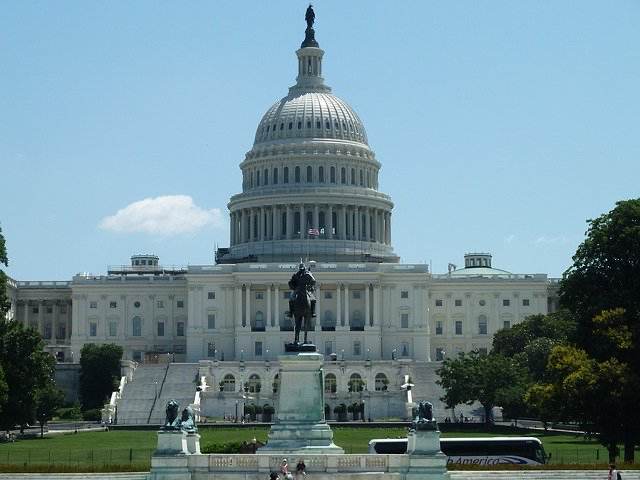INSURE Act calls for Federal Catastrophe Reinsurance, with cat bond backing

Lawmakers are being presented with a new bill that proposes the creation of a catastrophe reinsurance program to help insurers provide more coverage in exposed and loss challenged areas, with catastrophe bonds also highlighted as a potential way to underpin the facility.
Introduced by California Representative Adam Schiff (D-Calif.), the Incorporating National Support for Unprecedented Risks and Emergencies (INSURE) Act calls for a Federal solution to help stabilise the homeowners insurance marketplace in the United States.
The legislation would create a federal catastrophic reinsurance program designed to insulate insurance consumers from rising insurance costs, by offering insurers a “transparent, fairly priced public reinsurance alternative for the worst climate-driven catastrophes.”
“My INSURE Act addresses the urgent crisis in the home insurance market, particularly in California, where the cost of insurance has gone through the roof and insurers have stopped writing new policies. Climate change has significantly increased the risk of natural disasters and insurance companies are shifting the costs to consumers who struggle to purchase disaster coverage,” explained Rep. Schiff. “My bill is a critical step forward in the effort to ensure homeowners and communities have access to affordable and accessible coverage. I’ll keep working to get this across the finish line and bring the cost of insurance down.”
The INSURE ACT calls for a Federal Catastrophe Reinsurance Program to be created within the US Department of the Treasury, with the sole purpose of capping insurers’ liability for losses from catastrophic events that reach above a threshold developed by the Secretary and an advisory committee of experts.
Once implemented, it would require insurers to cover all natural disasters, including wildfires, severe storms, wind, hurricanes, floods, and earthquakes, so broadening availability of coverage.
The bill also calls for significant investments from insurers in loss prevention and risk mitigation partnerships with policyholders.
The idea is to make a reinsurance facility available to enable primary insurers to write more catastrophe exposed business, by capping their losses and then also making use of private reinsurance and capital markets to underpin such a program.
The bill states that lawmakers need to consider the level of retention primary insurers need to hold and the availability of private market reinsurance.
To, “promote stable and competitive markets for catastrophe reinsurance,” while also working to incentivise, “the establishment by private parties of capital market alternatives to reinsurance, for example the creation of a market for catastrophe bonds.”
Participating insurers would pay a premium to participate in the Federal catastrophe reinsurance program.
The bill also calls for the National Flood Insurance Program (NFIP) to be wound down after a Federal catastrophe reinsurance program is enacted.
The reason being that the program would be expected to cover flood risks first, so enabling private market insurers to offer more flood policies, as the government backed catastrophe reinsurance would underpin them.
After that, the Federal catastrophe reinsurance program is expected to expand out to cover wind and hurricane risks, severe convective storms and wildfires, and earthquake, in subsequent years.
The catastrophe reinsurance program bill says $50 billion of funding would be required on launch of the facility, rising to $70 billion by 2030.
Which is a significant increase to global property catastrophe reinsurance coverage, so would support significant privatisation of risks from the NFIP, as well as support for insurers writing other natural catastrophe perils.
But, the question is whether this risk should be retroceded beyond the government, which the bill does not specify.
While it calls for the catastrophe bond market and capital markets to be incentivised to do more, it falls short of explaining how or why.
It seems that any Federal catastrophe reinsurance program should also have a mandate to retrocede risk, where appropriate and affordable, to add greater efficiency to the program and make its capacity go further, to ultimately allow the primary insurers to do more on the frontline.
Hedging the Federal catastrophe reinsurance risk pool with catastrophe bonds, seems an acceptable proposal, to bring private capital in to augment public funds. Thus reducing the potential burden on government and taxpayers in a heavy catastrophe loss year and diversifying the risk more widely.






